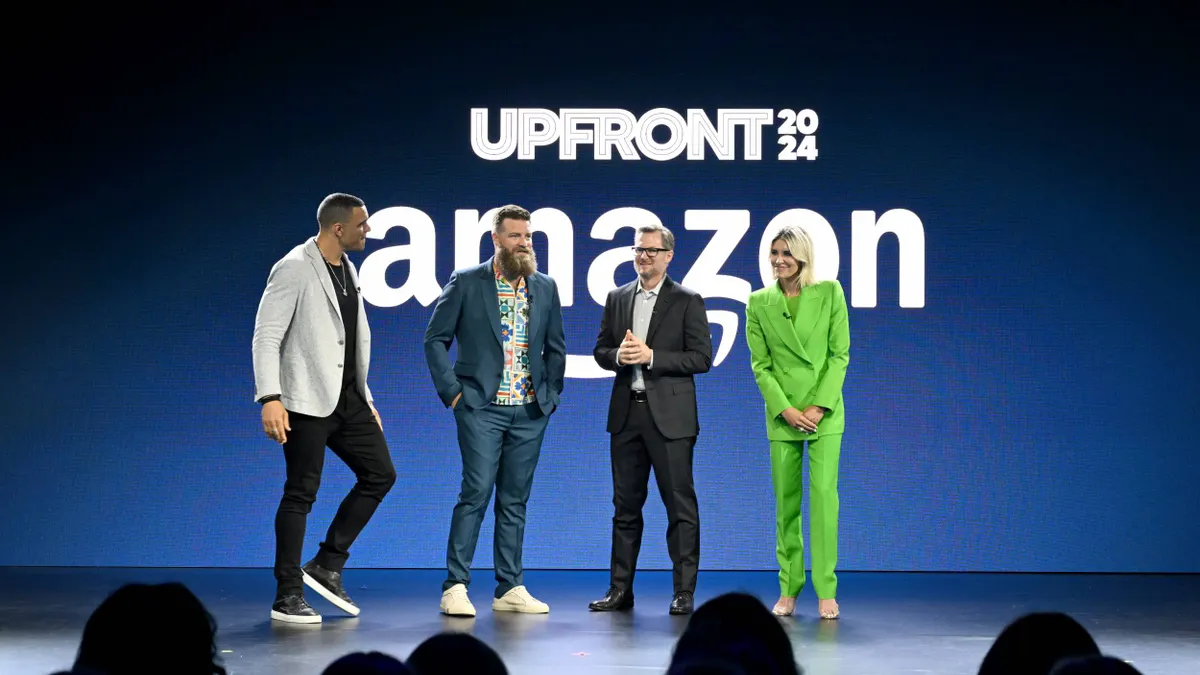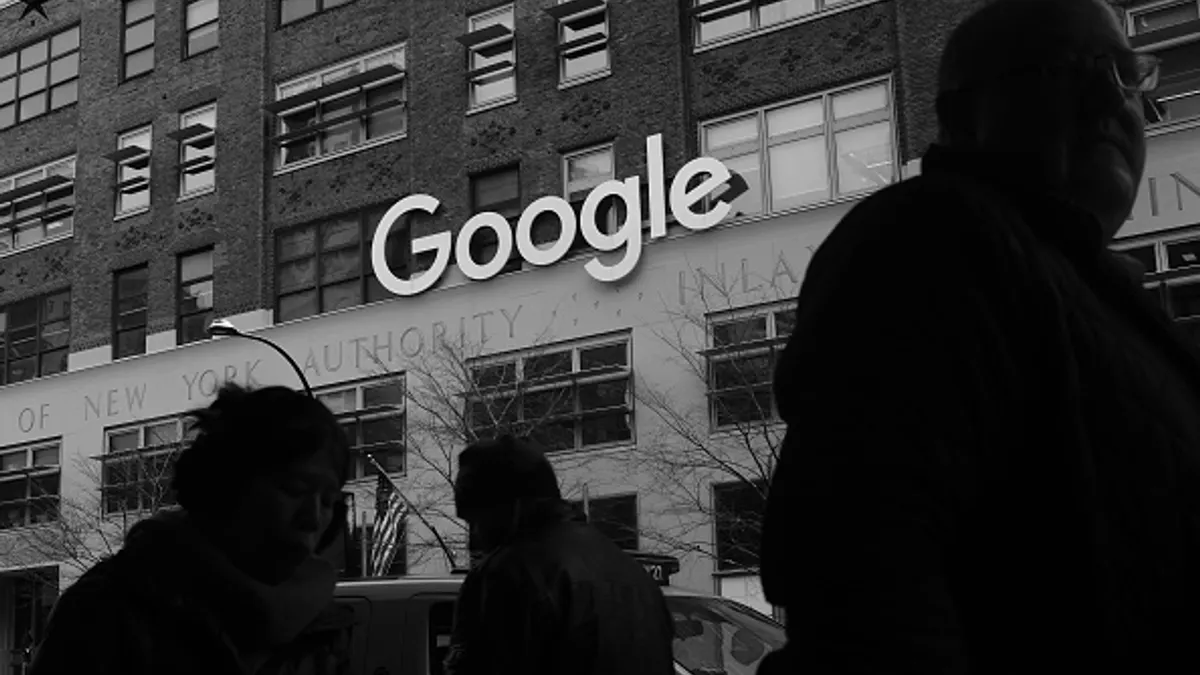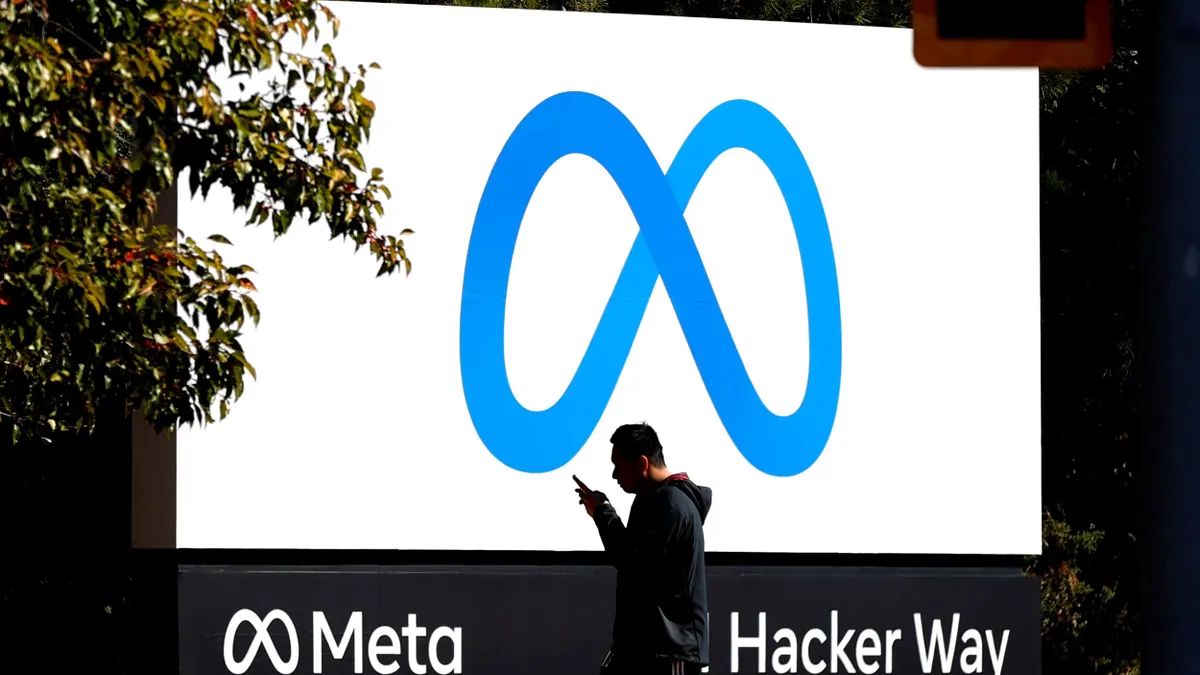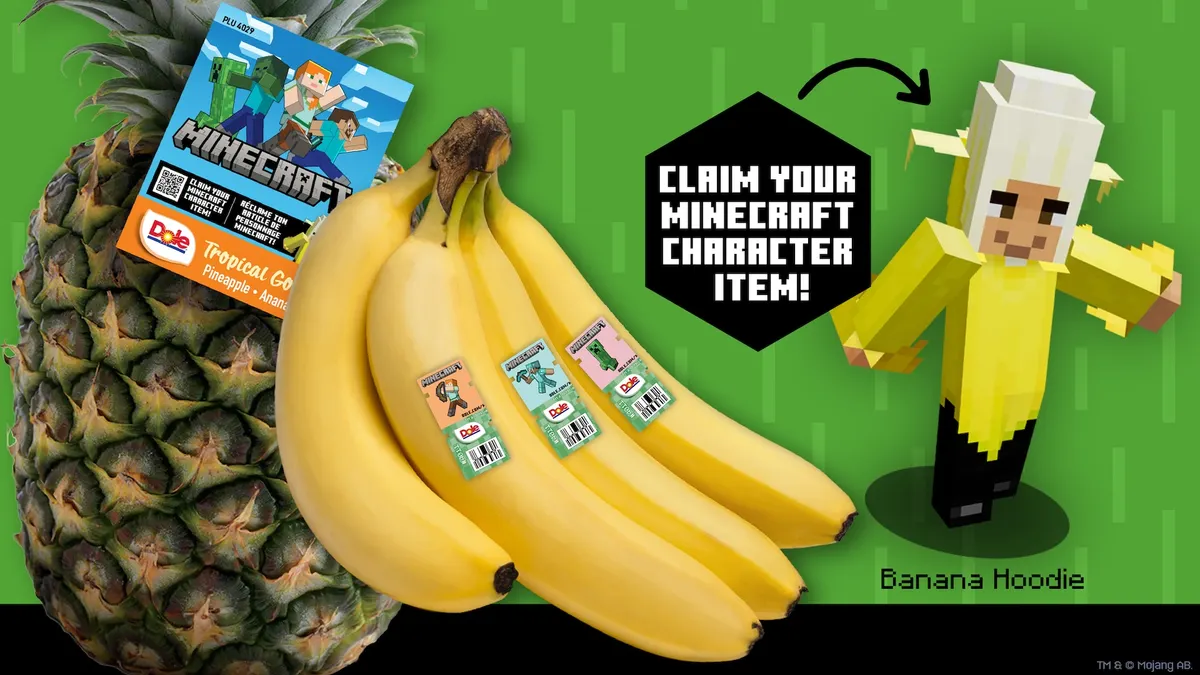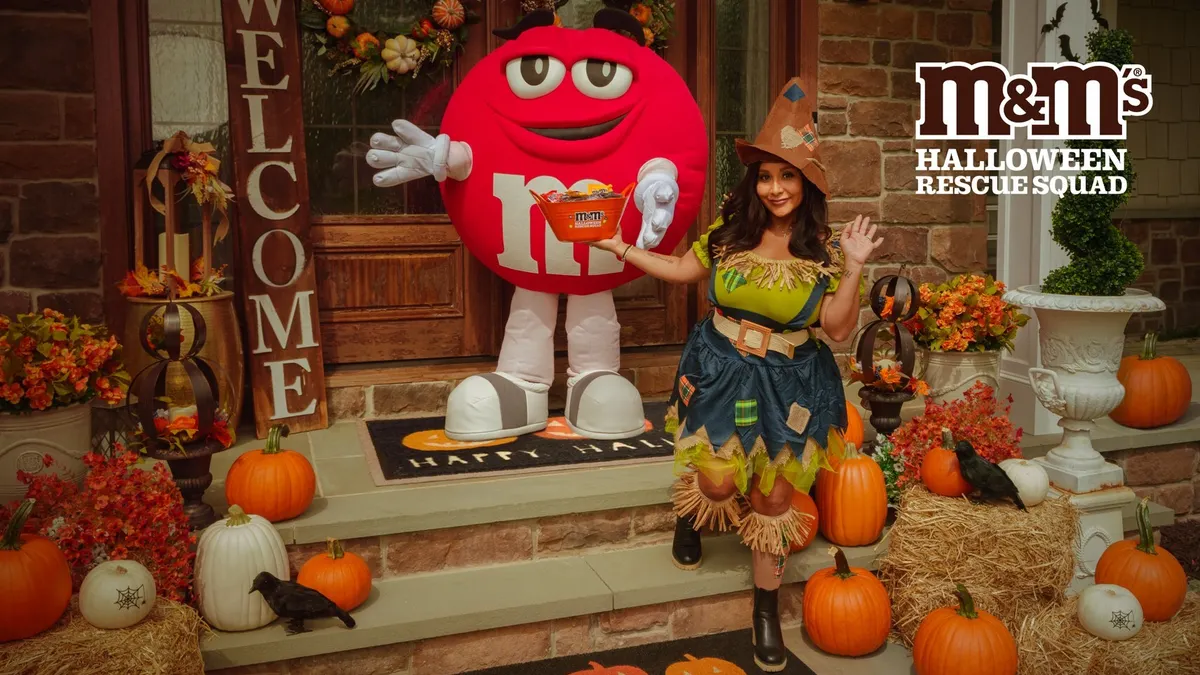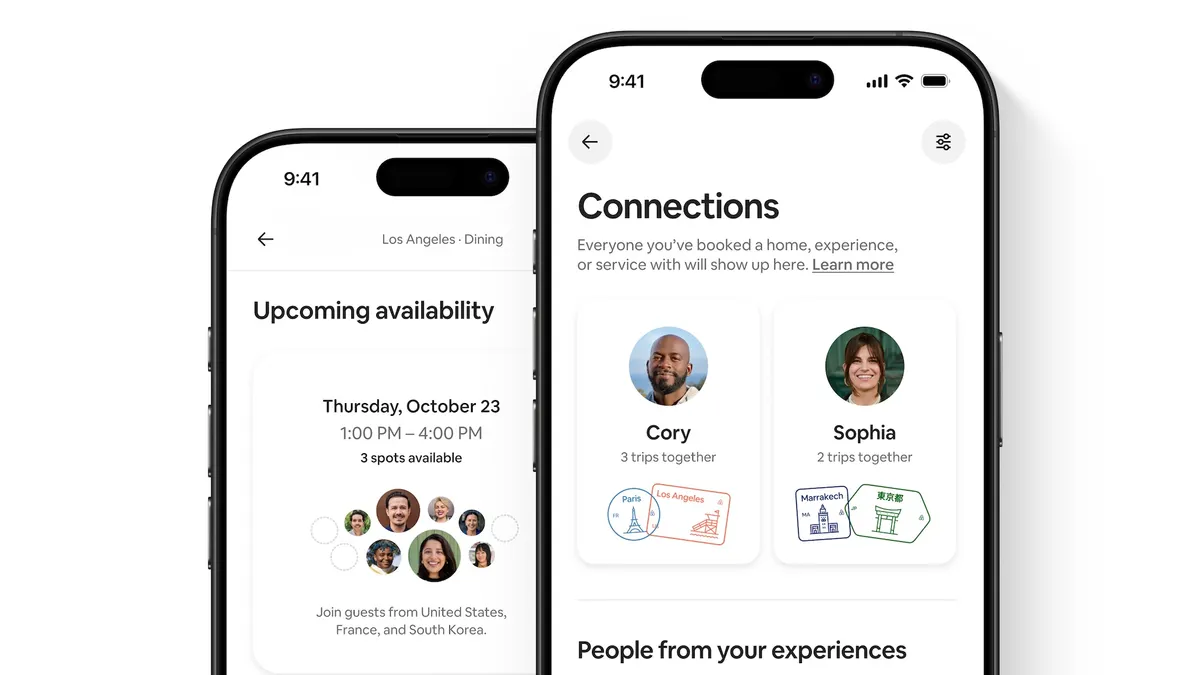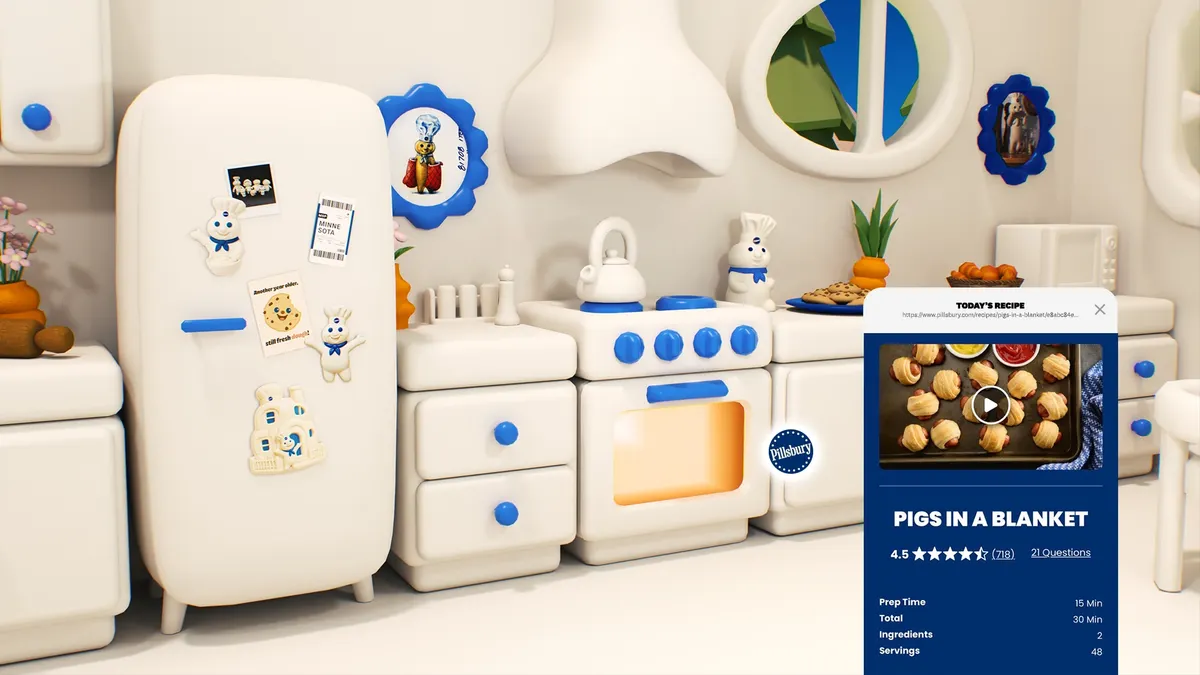Most online conversations about car shopping used to happen between consumers. But today, more and more car dealers are jumping into these social media dialogs as they explore new ways to display inventory and answer customer questions. In fact, according to Borrell's 2018 Automotive Advertising Outlook, 99% of car dealers now use social media in some capacity.
Cars.com's own research supports the notion that dealers are interested in social media, with a recent survey finding that 77% of dealers plan to invest in social media in 2019 and 52% expect to increase their spend. Of those that plan to invest, 100% have earmarked budget for Facebook, 59% plan to invest in Instagram, 21% in Twitter and 9% in LinkedIn.
With these findings in mind, Cars.com in August launched Social Sales Drive, a solution that helps auto dealers advertise on Facebook Marketplace and currently boasts more than 400,000 Cars.com listings. By connecting to Facebook Marketplace through Cars.com, dealers can share their inventory listings, connect with and target in-market shoppers on Facebook and automate chat with the Cars.com AI-powered chat tool — without consumers having to leave Facebook Messenger.
Mobile Marketer spoke with Cars.com Chief Marketing Officer Brooke Skinner-Ricketts — previously head of brand strategy at Twitter — to learn more about why it makes sense for Cars.com to build connections between auto companies, consumers and local dealerships on Facebook.
MOBILE MARKETER: How has the use of social media in the car sales market changed from five years ago?
BROOKE SKINNER-RICKETTS: We're starting to see social catch up to automotive and finally offer advertising products that meet the unique needs of the category. This is a new dynamic, which is surfacing as shoppers become more willing to shop for and buy cars in new ways, including social.
Social selling is a growing category for auto. We know that more than 800 million people come to Facebook to buy and sell things each month.
Is there any downside of traditional retailers using social media?
SKINNER-RICKETTS: Social media can be an incredibly effective marketing and selling channel for traditional retailers, if they know how to use it to meet their needs. We find that auto retailers see the most success when they manage their organic social efforts on their own pages and stick to posting about dealership events and brand messages. And then retailers can lean on their marketplace partners to advertise at scale, leveraging their large, high-quality audience data and technical solutions to better connect with shoppers.
How does Cars.com help the shopper and dealer get connected?
SKINNER-RICKETTS: Social Sales Drive connects car shoppers to dealerships through our integrated chat tool, Conversations, which is an AI-powered tool that's integrated through Facebook Messenger.
Our AI-powered chat tool with "Ana Bot" helps car shoppers connect with dealerships 24/7 and get real-time information whenever they're shopping. For the dealership, it helps expand the team and extend business hours. Ana Bot ensures retailers never miss a connection with a customer. If the conversation requires connecting with a human representative, we've built in the capability to hand off the chat when necessary.
A few other things Ana Bot can do:
-
She can understand sentiment and knows when to hand off a customer who is upset to a dealership employee
-
She remembers customers
-
She can make appointments for sales or service
-
She can give directions and hours, answer FAQs, unlock pricing, estimate trade-ins and personalize offers.
What has been most surprising about the move to social media marketing?
SKINNER-RICKETTS: There is significant demand for our social products — they have been some of the fastest-selling products in Cars.com history. During our pilot, we were surprised to learn that 55% of shoppers were contacting dealerships after hours, between 6 p.m. and 9 a.m. These are connections that dealerships would have otherwise missed, but with Ana Bot retailers always have someone on staff to answer questions.
Since we launched the solution in August, there have been more than 218,000 chats between shoppers and dealers, and we've seen a 40% chat-to-lead conversion rate.
Is there a way to track how many of these connections eventually turn into sales?
SKINNER-RICKETTS: Automotive is a unique category where most of the shopping and research takes place online on marketplaces, but the transaction is conducted offline. Our solutions enable auto retailers to connect with car shoppers and drive them to the dealership to complete the transaction. Dealers work with Cars.com because we have 19 million unique visitors on our site each month and 80% of these visitors are in market to buy a car within the next 6 months. Through our Lot Insights reporting, which uses geo-fencing technology to map every dealership in the U.S. and track Cars.com shoppers on dealership lots, we are able to start connecting the dots between online to offline and help consumers move closer to the sale.
Moving forward, what does Cars.com's relationship with Facebook Messenger look like?
SKINNER-RICKETTS: We are continuing to refine our AI technology and Ana Bot gets smarter with every consumer interaction, helping to improve both the shopper and dealer experience on Facebook Messenger.
Our goal is to create the most user-friendly digital experiences for car buyers and sellers and move automotive retail forward. We will continue to partner with the companies who bring the best solutions to help us do that.



